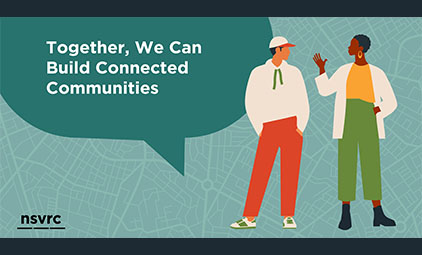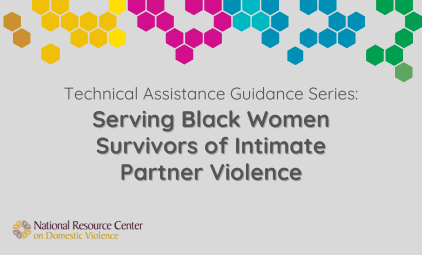In recent years, the number of homeless elders is rapidly increasing. High rates of inflation, rising rents, the housing industry, real estate markets and COVID have all contributed to this increase. Many domestic violence and homeless shelters are seeing rapid increases in the number of elders seeking shelter. According to one shelter, “These are not necessarily people who have mental illness or substance abuse issues, they are people being pushed into the streets by rising rents."
Many of our elder relatives find themselves homeless because of domestic violence, elder abuse, divorce, loss of spouse or caregiver, loss of income, or a health crisis, especially during the pandemic. Our elders often have the greatest need for safe, accessible, and affordable housing. Partnerships between tribal housing authorities, housing programs, homeless service systems, and Older American Act Title VI Native American Aging Programs (Title VI programs) are finding ways to provide culturally relevant housing options that are affordable, accessible, and provide links to services. This webinar discusses ways of responding to the needs of Indigenous elders who are experiencing housing insecurity and homelessness and what can be done.












